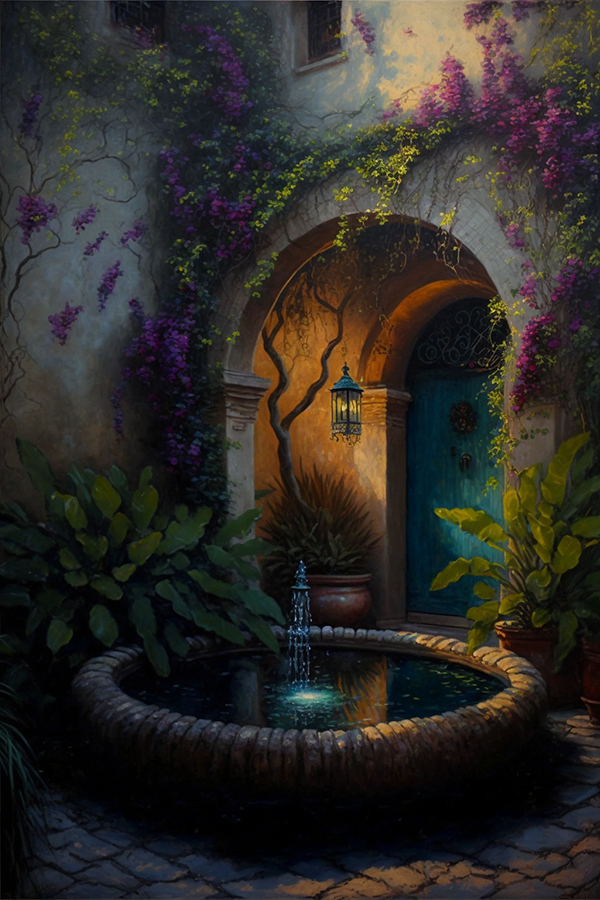
The tradition of the wishing well can be traced back to ancient civilizations, where people would throw coins into wells, fountains, and other bodies of water as a form of offering or prayer to the gods. In many cultures, it was believed that the act of making a wish and tossing a coin into a well would bring good luck and prosperity.
Wishing wells have a long history in San Miguel de Allende, a city located in the central highlands of Mexico. The city is known for its rich history, cultural traditions, and stunning colonial architecture.
One of the most popular tourist attractions in San Miguel de Allende is the Fuente de la Capilla, or Chapel Fountain, which is located in the center of the city. The fountain, which was built in the 18th century, is adorned with statues of angels and cherubs and is surrounded by a series of arches.
Visitors to the fountain often toss coins into the water as a way to make a wish or offer a prayer.
In addition to the Chapel Fountain, there are several other wishing wells throughout the city, including the Fuente de la Biblioteca, or Library Fountain, and the Fuente de la Plaza Principal, or Main Square Fountain. Each of these wells is a popular spot for tourists and locals alike to make wishes and offer prayers.
For some, the act of making a wish at a well is a way to express gratitude and thankfulness for the blessings they have received. Others may see it as a way to ask for help or guidance in times of need or to seek protection and blessings for themselves or their loved ones.
The tradition of the wishing well is just one example of the rich cultural heritage of San Miguel de Allende. Whether you are a visitor or a resident of the city, the act of making a wish at one of these beautiful fountains is a wonderful way to connect with the history and traditions of this special place.
